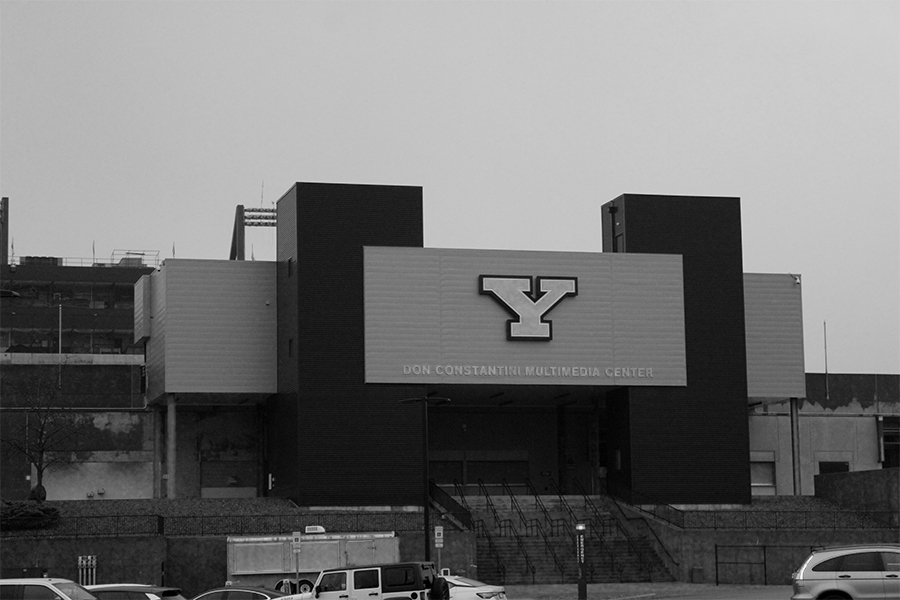By Elizabeth Coss
Athletics have a large part to play in the operation of any public university and Youngstown State University is no different.
According to preliminary enrollment numbers, YSU’s enrollment has declined since 2018, and various re-adjustments to courses, majors and programs have followed. YSU’s Athletic Department has also felt the pressure of an adjusting climate.
Ron Strollo, the executive director of Intercollegiate Athletics, said the enrollment decline came as no surprise, but that the department has been helping fight a declining enrollment slope by adding new sports to attract students.
“We’ve brought on women’s lacrosse, before that we brought on women’s bowling, we’ve added men’s swimming, we’ve doubled the rosters in both our cross country programs. That was to get more students,” Strollo said. “We probably added 100 to 150 student-athletes to campus and those students have done very well academically.”
According to Strollo, a lower enrollment for any university means less revenue, and the same applies to an athletic budget.
“The challenges financially have affected our budget in the sense of — we’re probably trying to work through close to about a half a million dollar budget challenge that the university wasn’t able to support us on,” Strollo said. “There’s a lot of administrative expenses, from my salary or athletic trainers. All of the support, academic advisors and the support that goes behind our almost 550 student-athletes.”
To combat higher expenses, Strollo said athletics considers a variety of cutbacks including providing less scholarships, pulling back on certain expenses and raising external monies through fundraising opportunities.
Not all costs and expenses athletics deals with are handled through its budget, as it also receives financial aid from the YSU Foundation and the Penguin Club to cover scholarships and unexpected expenses.
“The resources that we’re able to provide [student-athletes] don’t provide enough resources for them to do what they want to do, and that’s why you’ll see them do several fundraisers, and that’s why the Penguin Club exists,” Strollo said.
Strollo also said there are a lot of moving pieces that need to be covered by a budget. Athletics strives to generate revenue through game-day ticket sales and advertisements to help make up that difference.
Vice President of Finance Business Operations at YSU, Neal McNally said being a Division I college has perks such as campus life and student experience, but also holds many costs for a university.
“To be a Division I athletic program is not a trivial matter … it brings a lot of compliance requirements, which do bring costs,” McNally said. “If you break it down, the net cost of YSU’s athletic program is about $3.7 million this year. So, that represents about, I think 1.8% of total university revenue in a given fiscal year.”
With academic programs being re-evaluated, McNally said that the university is not looking at sunsetting athletic programs, as there are no enrollment issues related to filling athletic teams.
“If we could no longer find enough students to fill a team, whether that’s football or women’s bowling, if we don’t have enough students to compete on a team we would definitely look to sunset and close those athletic programs,” McNally said. “Unfortunately, the same cannot be said for some of our academic programs. That’s not because we don’t offer high quality academic programming — it’s because I think, maybe simply, we have in some cases, more academic programs than we need for a university our size, given the larger negative trend in enrollment.”
